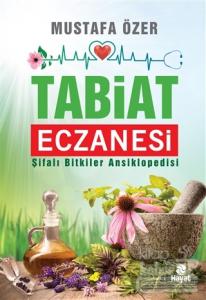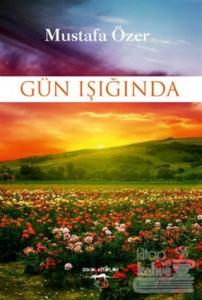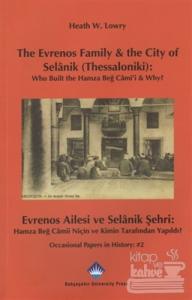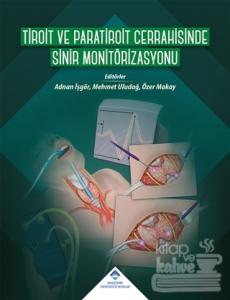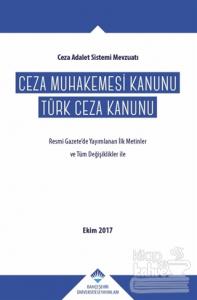
The building program of the Imperial Palace (Saray-ı Cedîd-i Âmire) started in the last years of Murad II’s reign, in what is today the Sarayiçi Quarter of Edirne to the west of the Tunca River and eventually became a large complex with extensions and renovations dateable to almost every era. This palace, significant portions of which were built during the reign of Mehmed II (1451-1481), was comprised of nearly a hundred structures with various functions and was spread over a vast expanse. The Imperial Palace (Saray- Cedîd-i Âmire), remained in use for centuries and was witness to many important historical events (e.g. Mehmed IV’s circumcision feast, the Ottoman-Russo Wars and the Balkan Wars, etc.). In the closing decades of the 19th and early 20th centuries, during the 1877- 78 Ottoman-Russo War and the 1910-1912 Balkan Wars, the palace suffered much destruction and many of its buildings were destroyed. As a result only a few of its original structures are extant today. Among these are: the Matbah-ı Amire (Royal Kitchens), Babüssaade (Entrance Gateway), Cihannûma Kasrı (Eye on the World Pavilion), Kum Kasrı (Sand Pavilion) Hamamı (Bathhouse), Adalet Kasrı (Justice Pavilion), Fatih Köprüsü (Sultan Mehmed the Conqueror’s Bridge), Kanuni Köprüsü (Sultan Süleyman the Lawgiver’s Bridge), Şehabeddin Paşa Köprüsü (Şehabeddin Paşa’s Bridge), Av Köşkü (Hunting Lodge), Su Maksemi (Water Depot), Namazgâhlı Çeşme (Fountain with Open Air Mosque). While some of these structures are in ruins, others are preserved and are currently undergoing restoration as part of the ongoing archeological excavations of the Palace complex.
The building program of the Imperial Palace (Saray-ı Cedîd-i Âmire) started in the last years of Murad II’s reign, in what is today the Sarayiçi Quarter of Edirne to the west of the Tunca River and eventually became a large complex with extensions and renovations dateable to almost every era. This palace, significant portions of which were built during the reign of Mehmed II (1451-1481), was comprised of nearly a hundred structures with various functions and was spread over a vast expanse. The Imperial Palace (Saray- Cedîd-i Âmire), remained in use for centuries and was witness to many important historical events (e.g. Mehmed IV’s circumcision feast, the Ottoman-Russo Wars and the Balkan Wars, etc.). In the closing decades of the 19th and early 20th centuries, during the 1877- 78 Ottoman-Russo War and the 1910-1912 Balkan Wars, the palace suffered much destruction and many of its buildings were destroyed. As a result only a few of its original structures are extant today. Among these are: the Matbah-ı Amire (Royal Kitchens), Babüssaade (Entrance Gateway), Cihannûma Kasrı (Eye on the World Pavilion), Kum Kasrı (Sand Pavilion) Hamamı (Bathhouse), Adalet Kasrı (Justice Pavilion), Fatih Köprüsü (Sultan Mehmed the Conqueror’s Bridge), Kanuni Köprüsü (Sultan Süleyman the Lawgiver’s Bridge), Şehabeddin Paşa Köprüsü (Şehabeddin Paşa’s Bridge), Av Köşkü (Hunting Lodge), Su Maksemi (Water Depot), Namazgâhlı Çeşme (Fountain with Open Air Mosque). While some of these structures are in ruins, others are preserved and are currently undergoing restoration as part of the ongoing archeological excavations of the Palace complex.

